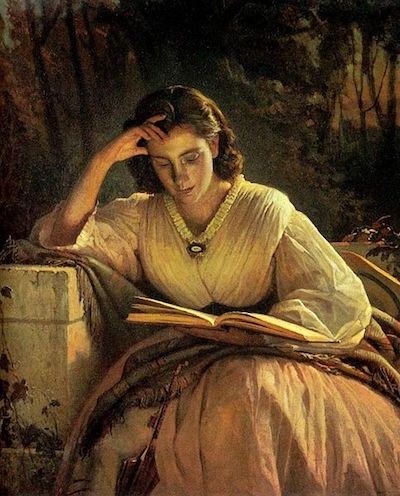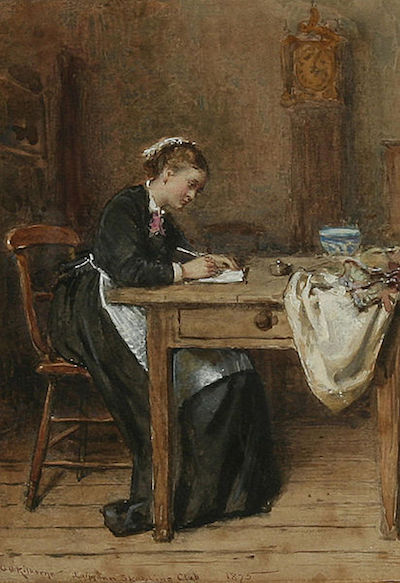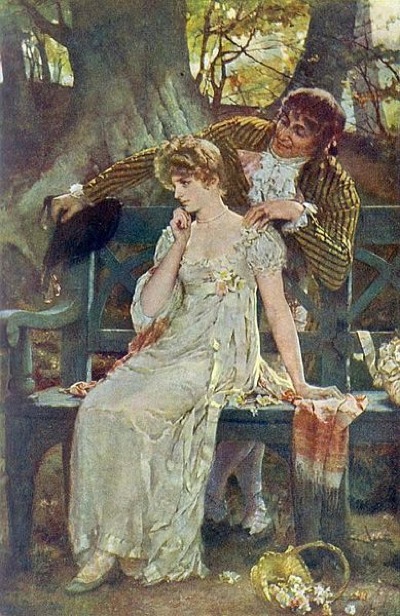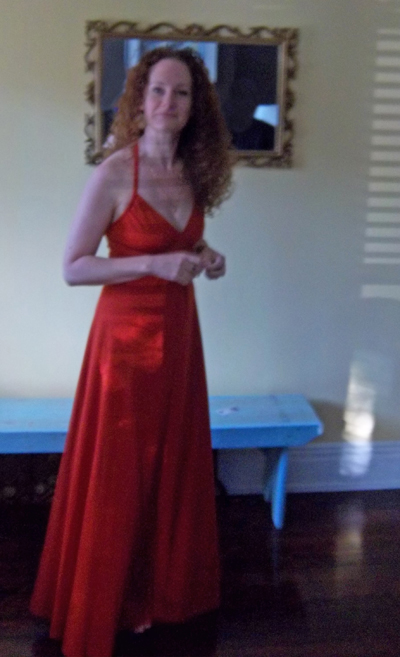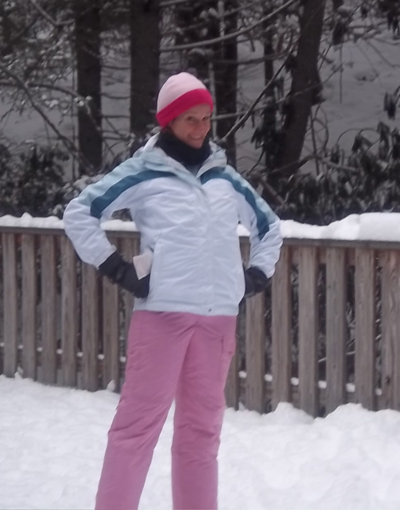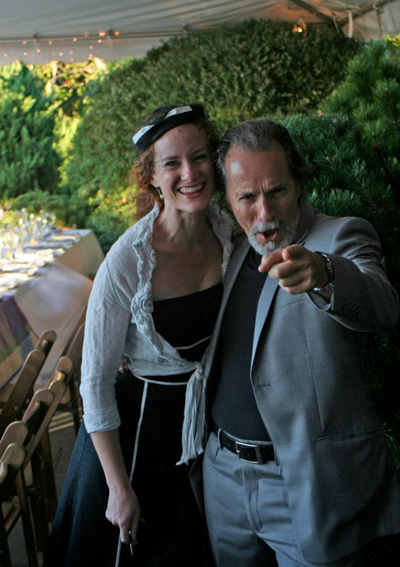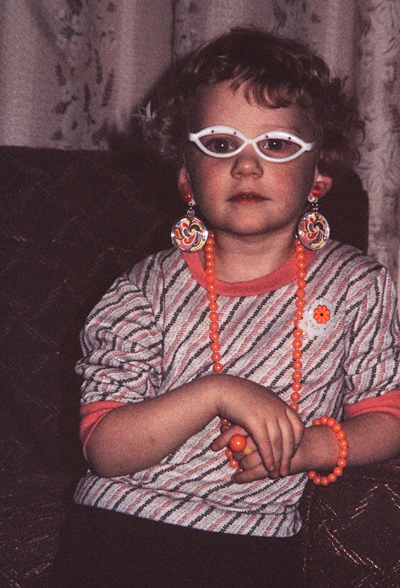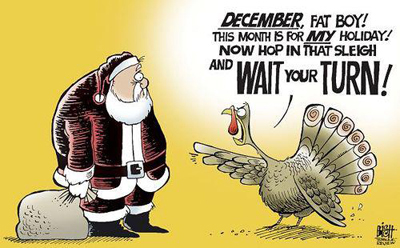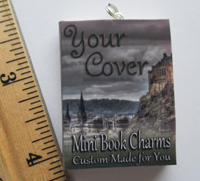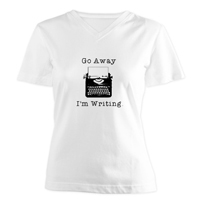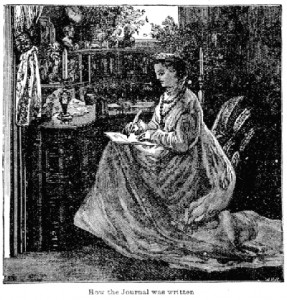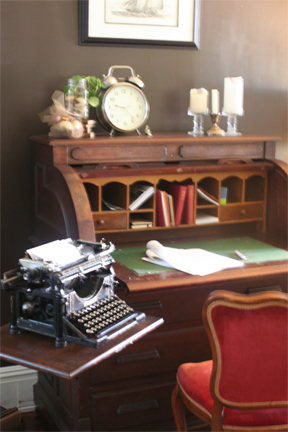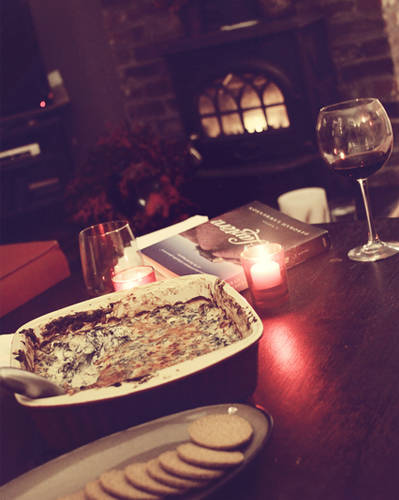This week we attended a Richmond Forum lecture with Joel Sartore’s Photo Ark project, in collaboration with National Geographic. As someone who cherishes the art of photography, I am inspired by Joel Sartore’s mission. He’s striving capture the essence of 15,000+ insects, creatures and animals near extinction. Why did Joel kick off this incredible project? View some of the photos below, and read on about the impact Joel hopes to make. 📸✨
What is the Photo Ark project?
Sartore initiated the Photo Ark project out of a deep concern for the accelerating loss of species around the world. Too many animals are near extinction. Witnessing the devastating impact of habitat destruction, climate change, and other human-induced threats on wildlife, he felt a compelling need to take action. The project started in 2005, aiming to photograph 15,000 species that are on the brink of extinction—those with the smallest numbers and/or protected in captivity. His goal is not merely to create a stunning visual archive but to raise awareness about the precarious state of these creatures—both great and small.

What do Joel Sartore’s Photos capture?
The captivating photos captured by Sartore span a wide array of species, from the tiniest of insects to the most majestic mammals (like this elephant and her baby). His lens doesn’t discriminate, encompassing the beauty and fragility of life in its myriad forms. Each image tells a story of a species fighting for survival, serving as a poignant reminder of our shared responsibility to protect the intricate web of life on Earth. On simple black or white backgrounds, the creature’s eyes are clear and vivid, and if possible, they’re looking directly into the camera. That kind of eye-contact resonates with us humans, and increases our empathy.

Why the Photo Ark images are important?
Through the Photo Ark, Joel Sartore hopes to evoke a sense of urgency and empathy among the global audience. By showcasing the incredible diversity of life facing extinction, he aims to kindle a collective commitment to conservation. Sartore’s believes awareness and education will inspire us to take action to safeguard these species and their habitats.

What you can do to help animals near extinction.
We can lend a hand to these awesome creatures, too. Joel’s friendly advice is to begin right in your backyard (or patio or front stoop). Instead of a lawn we douse in chemicals, Joel recommends planting native plants and grasses. It will reduce pollution of the waterways. And pollinators will have more food to thrive. Don’t have a yard? Pick one creature—insect, bird, buffalo—and give them the voice, funding, and support they need.
If you want to delve deeper into the magical world of the Photo Ark, hop on over to his website to run through the gallery of Joel Sartore’s Photo Ark. There, you can immerse yourself in the beauty and fragility of our planet’s incredible biodiversity.
Let’s be the superheroes these creatures need. Support conservation groups, volunteer for wildlife causes, or just spread the word. (Ahem, share this blog.) Let’s make sure that the Photo Ark isn’t just a gallery of memories. Let’s make it a call to action for a better, wilder world.

I share stories like this and more in my author newsletter. I hope you follow along or sign up for my Chasing Histories Newsletter.

 A dear friend of mine was struggling to choose when to begin her novel. Not when to begin writing, but when, in the timeline of her protagonist’s struggle, her story should begin.
A dear friend of mine was struggling to choose when to begin her novel. Not when to begin writing, but when, in the timeline of her protagonist’s struggle, her story should begin.